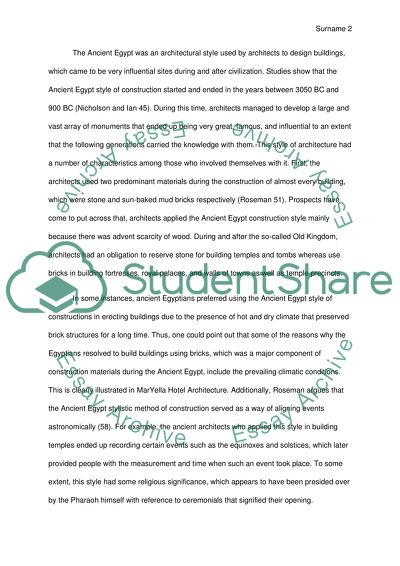Cite this document
(“THE USE AND ABUSE OF HISTORIC PRECEDENT Research Paper”, n.d.)
Retrieved from https://studentshare.org/architecture/1468694-ypthe-use-and-abuse-of-historic-precedenty
Retrieved from https://studentshare.org/architecture/1468694-ypthe-use-and-abuse-of-historic-precedenty
(THE USE AND ABUSE OF HISTORIC PRECEDENT Research Paper)
https://studentshare.org/architecture/1468694-ypthe-use-and-abuse-of-historic-precedenty.
https://studentshare.org/architecture/1468694-ypthe-use-and-abuse-of-historic-precedenty.
“THE USE AND ABUSE OF HISTORIC PRECEDENT Research Paper”, n.d. https://studentshare.org/architecture/1468694-ypthe-use-and-abuse-of-historic-precedenty.


